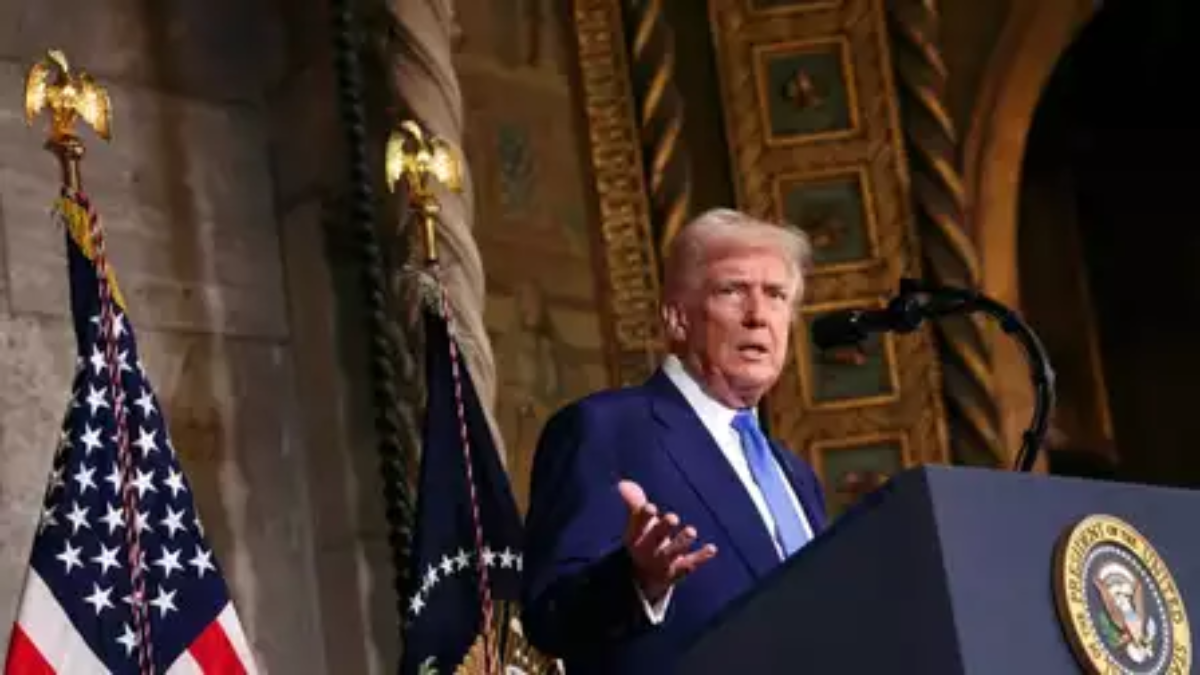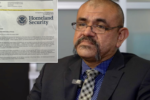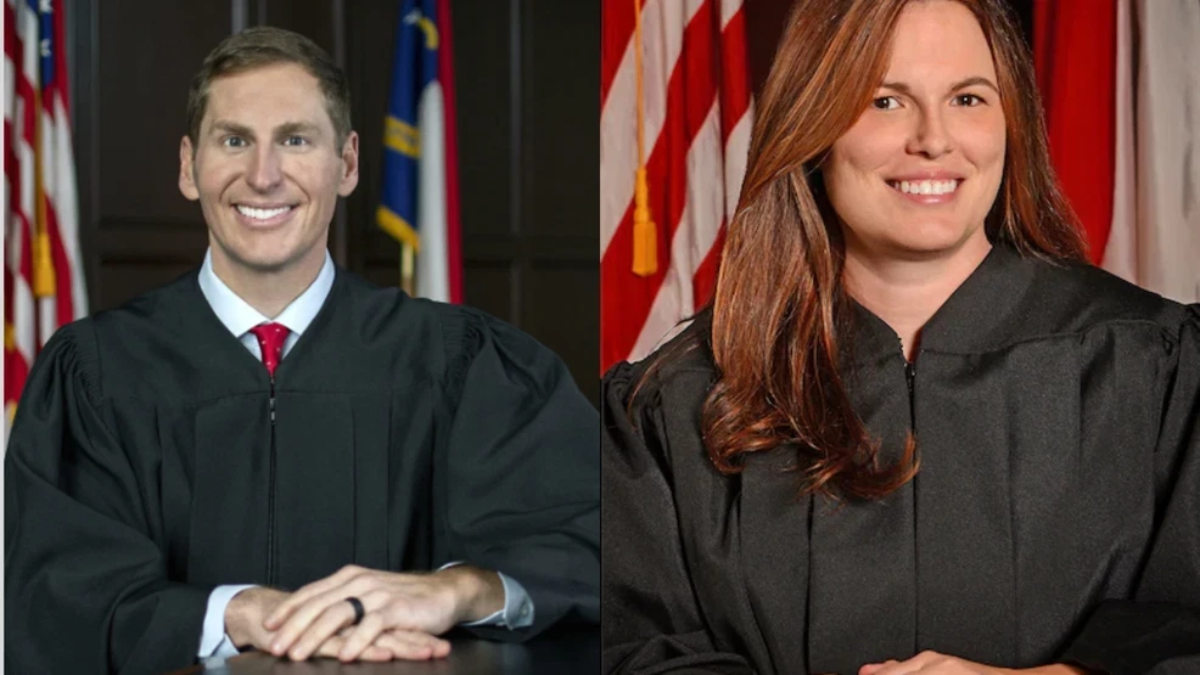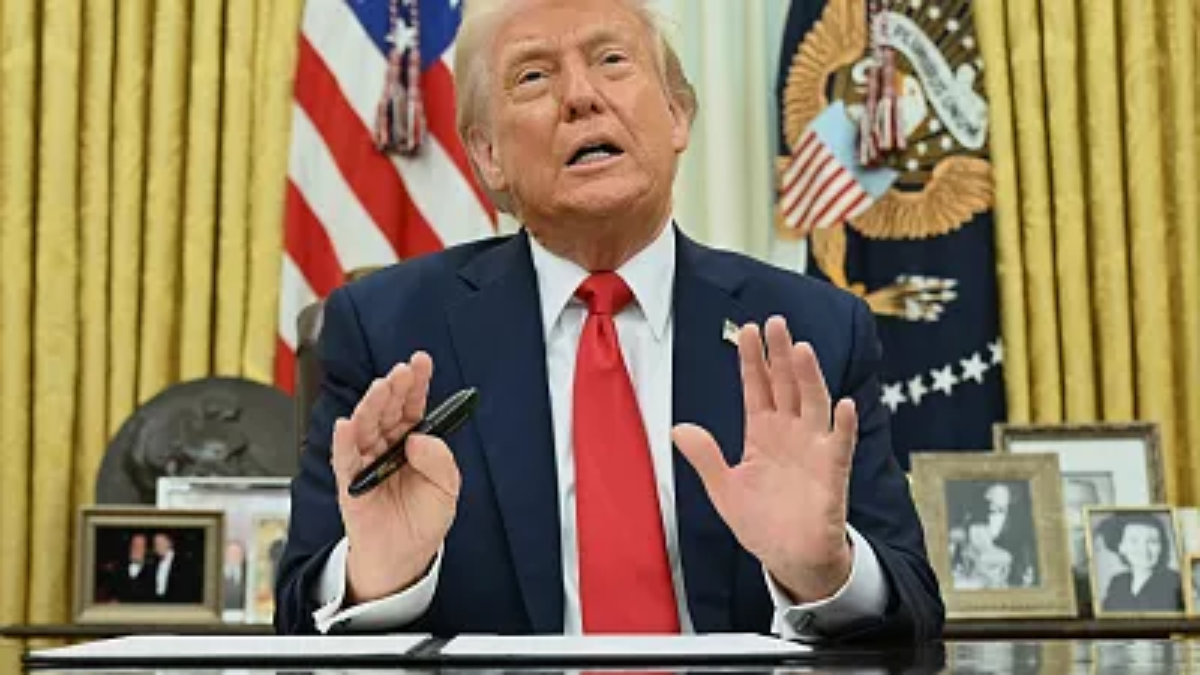Former President Donald Trump is once again making headlines after speaking out against a school district’s decision to change its long-standing Native American-themed mascot. The move, mandated by New York State officials, has sparked controversy, with Trump labeling it “an affront to our great Indian population.”
The controversy stems from the Cambridge Central School District in New York, which has been ordered to remove its “Indians” mascot as part of a broader statewide policy banning the use of Native American imagery and names in public schools.
New York’s Crackdown on Native American Mascots
In 2022, the New York State Education Department issued guidance requiring all schools to eliminate mascots, logos, or team names that reference Native American culture or imagery. The policy aims to address decades of concerns from Indigenous communities who say such mascots perpetuate racial stereotypes and cultural appropriation.
According to the state, schools that fail to comply risk losing state aid and face other disciplinary actions. The deadline for full implementation is the 2024–2025 school year.
Cambridge Central School District initially challenged the ruling but eventually relented. In recent weeks, they’ve moved forward with plans to adopt a new mascot — sparking backlash among local community members and now, former President Trump.
Trump Calls the Decision ‘Woke Lunacy’
Trump took to his social media platform, Truth Social, to blast the decision. In his post, he said:
“Another woke attack on American history and tradition. This is an affront to our great Indian population. They don’t want this, and nobody else does either. Stop erasing our heritage!”
Trump’s comments reflect a broader political stance he’s often taken, criticizing what he calls “cancel culture” and efforts to remove long-standing historical symbols, even if they are widely considered offensive by minority groups.
Native American Leaders Support the State’s Ban
While Trump claims Native American communities oppose the ban, tribal leaders and advocacy organizations have long lobbied for such changes. Groups like the National Congress of American Indians (NCAI) and IllumiNative argue that mascots like “Indians” or “Braves” reduce rich, diverse cultures to harmful caricatures.
A statement from the New York State Education Department emphasized:
“The use of Native American-themed mascots in school settings has been shown to harm the mental health and identity development of Indigenous students. We are committed to creating inclusive and respectful learning environments for all.”
According to a 2020 study published in the journal Race Ethnicity and Education, such imagery reinforces negative stereotypes and can negatively affect academic performance and self-esteem among Native American students.
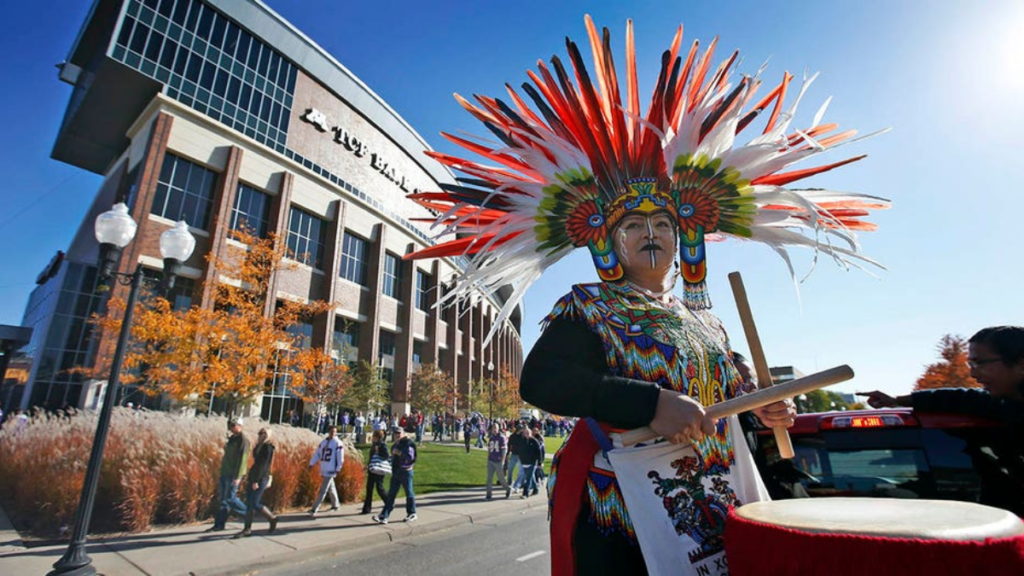
Community Reactions Are Divided
The debate in Cambridge and other affected communities remains divisive. Some residents believe the mascot is a proud symbol of local history and honor, while others see it as outdated and disrespectful.
A town hall meeting held earlier this month drew passionate opinions from both sides. Several alumni and parents echoed Trump’s sentiments, arguing that the school district was “caving to political correctness.”
However, Indigenous community members present at the meeting explained how such mascots have long made them feel dehumanized.
“We’re not mascots. We’re people. Our culture is not a costume,” said one member of the Akwesasne Mohawk Nation, who attended the meeting.
What Happens Next?
Cambridge Central School District must finalize a new mascot and branding by the end of the current school year. The school board has begun accepting suggestions from students and staff for a new team name and logo that align with the state’s inclusivity guidelines.
Other districts across New York are also undergoing similar transitions, including schools in upstate regions and Long Island, where Native-themed mascots have been common for decades.
Political Implications and 2024 Context
Trump’s vocal opposition to the mascot change is in line with his broader messaging as he campaigns for the 2024 presidential election. He continues to paint cultural and educational reforms as examples of “woke ideology” that he promises to dismantle if reelected.
His latest comments are likely to resonate with portions of his base who view such changes as attacks on American tradition. However, critics argue that Trump’s stance once again places him at odds with marginalized communities seeking dignity and accurate representation.
Conclusion: A Mascot or a Movement?
The uproar over the Cambridge mascot reflects a much larger national debate about race, history, and education. While Trump frames the issue as a rejection of tradition, Indigenous leaders say it’s a step toward respect and acknowledgment.
As more schools revise outdated symbols, the nation will likely continue grappling with the tension between honoring history and correcting long-standing injustices. Whether symbolic or substantive, these changes signal a cultural shift—one that both challenges and redefines what it means to preserve heritage in America today.
For further reading on the state’s official stance and policy details, visit the New York State Education Department’s guidance on Indigenous mascots.
Disclaimer – Our team has carefully fact-checked this article to make sure it’s accurate and free from any misinformation. We’re dedicated to keeping our content honest and reliable for our readers.

